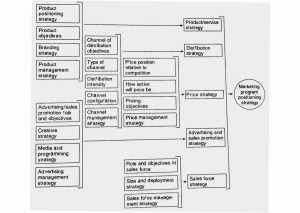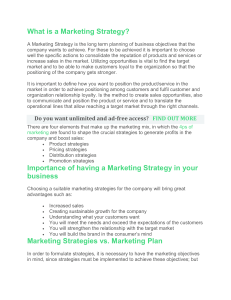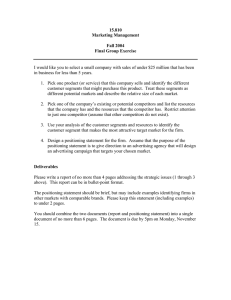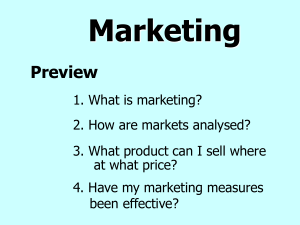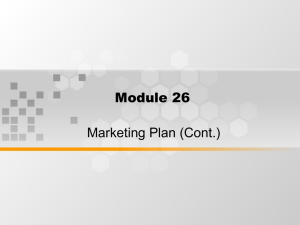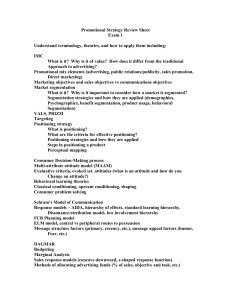MARKETING SCOPE AND SEQUENCE:
advertisement
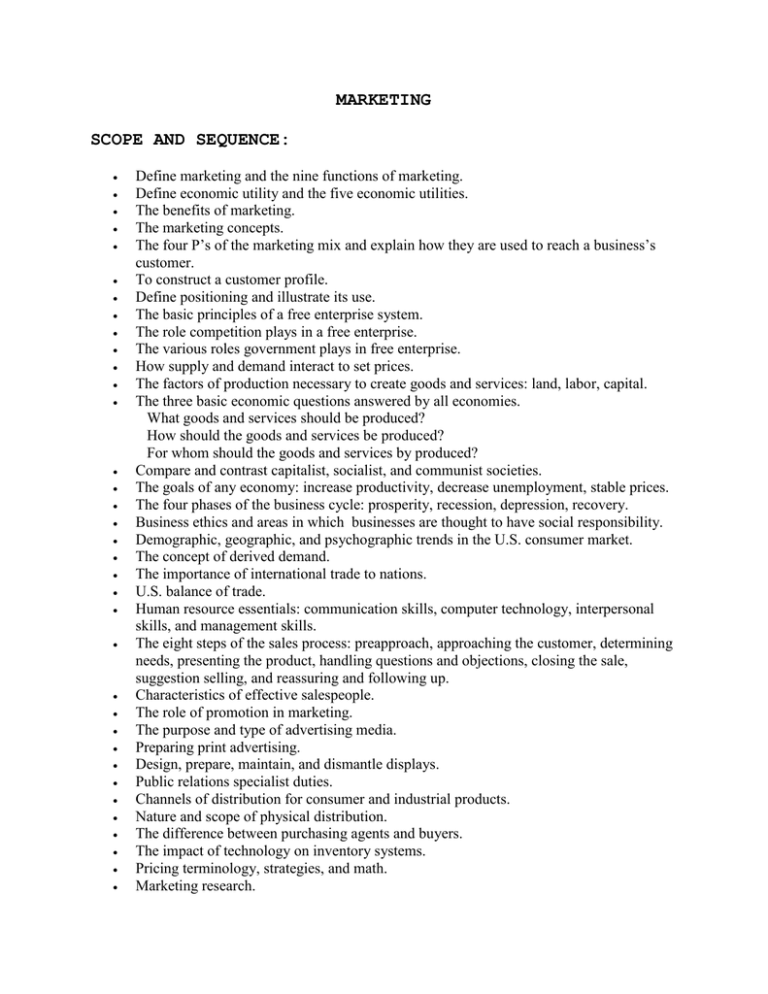
MARKETING SCOPE AND SEQUENCE: Define marketing and the nine functions of marketing. Define economic utility and the five economic utilities. The benefits of marketing. The marketing concepts. The four P’s of the marketing mix and explain how they are used to reach a business’s customer. To construct a customer profile. Define positioning and illustrate its use. The basic principles of a free enterprise system. The role competition plays in a free enterprise. The various roles government plays in free enterprise. How supply and demand interact to set prices. The factors of production necessary to create goods and services: land, labor, capital. The three basic economic questions answered by all economies. What goods and services should be produced? How should the goods and services be produced? For whom should the goods and services by produced? Compare and contrast capitalist, socialist, and communist societies. The goals of any economy: increase productivity, decrease unemployment, stable prices. The four phases of the business cycle: prosperity, recession, depression, recovery. Business ethics and areas in which businesses are thought to have social responsibility. Demographic, geographic, and psychographic trends in the U.S. consumer market. The concept of derived demand. The importance of international trade to nations. U.S. balance of trade. Human resource essentials: communication skills, computer technology, interpersonal skills, and management skills. The eight steps of the sales process: preapproach, approaching the customer, determining needs, presenting the product, handling questions and objections, closing the sale, suggestion selling, and reassuring and following up. Characteristics of effective salespeople. The role of promotion in marketing. The purpose and type of advertising media. Preparing print advertising. Design, prepare, maintain, and dismantle displays. Public relations specialist duties. Channels of distribution for consumer and industrial products. Nature and scope of physical distribution. The difference between purchasing agents and buyers. The impact of technology on inventory systems. Pricing terminology, strategies, and math. Marketing research. Function of a marketing information system. Product planning: branding, packaging, labeling, positioning, and extended product features. Entrepreneurship—risks, rewards, advantages, and disadvantages. Careers in marketing. Making career decision. Finding and applying for a job.
